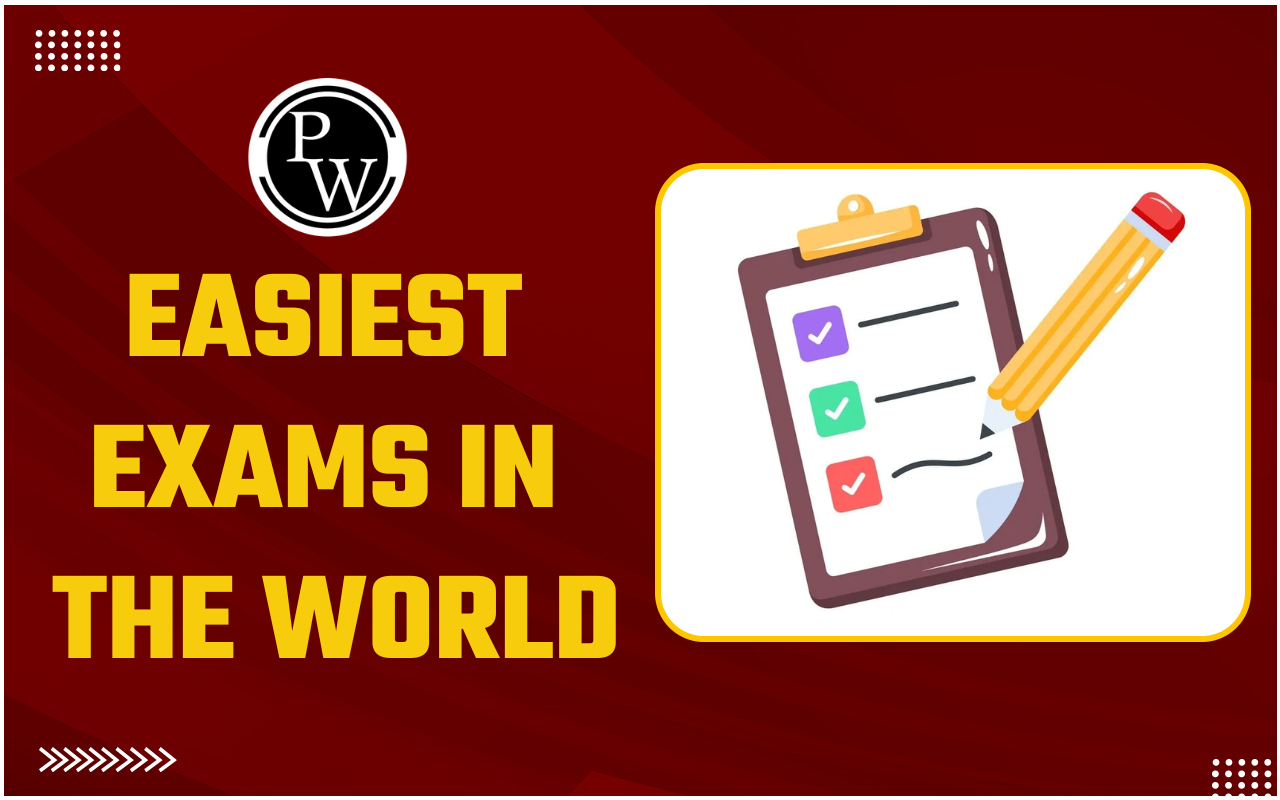

The Growth of Liquorice Reading Answers: In the IELTS Reading section, passages often cover topics related to botany, agriculture, or natural history. “The Growth of Liquorice” is a typical academic text that discusses the history, cultivation, and regional characteristics of the liquorice plant. This passage includes a wide range of factual details and descriptive language, making it a good test of your ability to locate specific information and understand complex sentence structures. Practising this type of passage will help build your confidence in tackling long, information-heavy texts in the IELTS exam.
Free IELTS Reading Practice Tests
The Growth of Liquorice Reading Answers Passage
You should spend about 20 minutes on Questions 1-13, which are based on the Reading Passage below.
The Growth of Liquorice
A. LIQUORICE has a long, honourable history in the service of mankind. Alexander The Great, the Scythian armies and the Roman Emperor Caesar,are all on record for endorsing the beneficial properties contained in liquorice. Warriors used it as a substitute for water on a march, while others recognized liquorice’s valuable healing properties.
B. Native to Asia and the Mediterranean region, liquorice (Glycyrrhiza glabra) in the family Leguminosae is a tall shrub (1.5 m) with blue or violet flowers. The most common variety, Spanish liquorice, is characterized by blue flowers, while Russian liquorice has violet blossoms. The name glycyrrhiza comes from Greek words meaning ‘sweet root’. The roots contain the medicinally active constituents, and the plant requires rich soils and grows in subtropical climates. It is indigenous to Turkey, Iraq, Spain, Greece and northern China.
C. The plants are graceful and their leaves have an almost feathery appearance from a distance. The leaves hang down during the night on each side of the stem, though they do not meet beneath it. From the leaves, spring spikes of small pale-blue, violet or purplish flowers, followed by small pods somewhat resembling a partly grown pea pod in form.
D. The underground system, as in so many Leguminosae, is double: one part consisting of a vertical or tap root, often with several branches; the other of a horizontal runner, coming off the root below the surface of the ground. These runners have leaf buds and throw up stems in their second year. The perennial downward-running roots, as well as the long horizontal runners, are equally preserved for use.
E. English·grown liquorice is dug up in late autumn and sold mostly in its fresh state for making extract, with only a small amount being dried. When washed, fresh English liquorice is a bright yellowish brown. It is very flexible, with a light yellow, juicy internal substance, which consists of a thick bark surrounding a woody column. The root has a peculiar earthy odour and a strong, characteristic, sweet taste. The English extract of liquorice, made from the fresh home-grown root, is said to have a more delicate flavour than that of imported varieties.
F. In southern Italy, large quantities of liquorice root are grown, but it is chiefly converted into extract, though some of the root is exported. Spain and the south of France provide quantities of carefully dried liquorice root. Up to the year 1890, the cultivation of Spanish liquorice was small or moderate in comparison with the wild collection. Owing, however, to the depletion of the natural supplies of good quality root, this cultivation has grown rapidly in southern and southern-central Europe, where the climate is favourable.
G. Nearly all the Russian liquorice that has been exported has already been peeled. It reaches a much larger size than the Spanish variety, and the taste, although sweet, is accompanied by a subtle bitterness or acridity. It consists chiefly of roots, not runners, in long and often crooked pieces, about 5 cm in thickness. These are pale yellow externally,and are a lighter yellow and softer internally than the Spanish variety.
H. Spain was formerly the main supplier, which explains why the extract is still referred to as ‘Spanish Juice’, but the best grade has almost disappeared. The sticks vary in size, but are commonly about 2 cm in diameter and 15 or 18 cm in length. When imported, they are usually wrapped in bay leaves.
I. Liquorice grows best on sandy soil near streams and is usually not found in the wild more than 50 metres from water. It will not flourish on clay and prefers the rich, fine soil of lowlands in river valleys, where there is an abundance of moisture during the growing period. Liquorice also flourishes where the ground hardens during the hot, dry summer months.
J. The plant grows most successfully in a warm climate. Not only can it not endure severe freezing, but cool weather interferes with the formation of the sweet liquorice juice and makes the plant woody. It appears that climates which are particularly favourable for the production of oranges are also favourable for liquorice.
K. Owing to the depth to which the root penetrates and its propagation, the plant is a persistent weed in cultivated grounds, where it is indigenous and exceedingly difficult to remove by its roots. It is very healthy and robust and rarely subject to disease. It can successfully occupy the ground to the exclusion of other planes. For this reason, the continuation of a natural supply may be considered as assured, although it is liable to suffer from severe depletion due to being overpicked.
Also Read:
The Growth of Liquorice Reading Answers Sample Questions
Multiple Choice Questions (Q. 1–5)
Choose the correct letter, A, B, C or D.
1. Which famous people are mentioned as users of liquorice?
A. Roman soldiers only
B. Only Alexander the Great
C. Various historical leaders and soldiers
D. Only Roman Emperors
2. What determines the difference between Spanish and Russian liquorice?
A. Size of the plant
B. Colour of the flowers
C. Country of export
D. Number of leaves
3. Why is training for cultivating Spanish liquorice increasing?
A. Russian liquorice is dominating the market
B. Natural supply has reduced
C. The root is no longer usable
D. Spain banned wild picking
4. How does English-grown liquorice compare with imported types?
A. It is considered inferior in flavour
B. It is mostly exported to Italy
C. It has a more delicate taste
D. It is not used in extract production
5. Why is liquorice considered a persistent plant?
A. It grows only in river valleys
B. It dies easily without human care
C. It spreads underground and is hard to remove
D. It requires deep freezing to thrive
True / False / Not Given (Q. 6–10)
Do the following statements agree with the information in the passage?
Write: TRUE / FALSE / NOT GIVEN
6. Liquorice pods look like large watermelon seeds.
7. Russian liquorice has a bitter note in its flavour.
8. Spanish Juice is made exclusively from Spanish-grown liquorice.
9. Liquorice can be grown successfully in cold, mountainous regions.
10. Liquorice naturally resists diseases.
Matching Sentence Endings (Q. 11–13)
Complete the sentences below. Choose from the list of sentence endings (A–E).
11. Liquorice prefers soil that
12. The growth of the sweet juice in liquorice is affected by
13. In Italy, liquorice is mostly used to
Sentence Endings:
A. is moist and found near water
B. extract the stems for wood
C. is frozen for long periods
D. the climate and temperature
E. produce extract from the root
The Growth of Liquorice Reading Answers with Explanations
Answers to Questions 1-13
|
Q.No |
Answer |
Location |
Reference |
|---|---|---|---|
|
1 |
C |
Paragraph A |
“Alexander The Great, the Scythian armies and the Roman Emperor Caesar...” |
|
2 |
B |
Paragraph B |
“Spanish liquorice...blue flowers, while Russian liquorice has violet blossoms.” |
|
3 |
B |
Paragraph F |
“Owing...to the depletion of the natural supplies...this cultivation has grown.” |
|
4 |
C |
Paragraph E |
“...has a more delicate flavour than that of imported varieties.” |
|
5 |
C |
Paragraph K |
“...it is a persistent weed...exceedingly difficult to remove by its roots.” |
|
6 |
FALSE |
Paragraph C |
“...small pods somewhat resembling a partly grown pea pod...” |
|
7 |
TRUE |
Paragraph G |
“...taste, although sweet, is accompanied by a subtle bitterness...” |
|
8 |
FALSE |
Paragraph H |
“...Spanish Juice...but the best grade has almost disappeared.” |
|
9 |
FALSE |
Paragraph J |
“...cannot endure severe freezing, but cool weather interferes...” |
|
10 |
TRUE |
Paragraph K |
“...very healthy and robust and rarely subject to disease.” |
|
11 |
A |
Paragraph I |
“...best on sandy soil near streams... not found in the wild more than 50 metres from water.” |
|
12 |
D |
Paragraph J |
“...cool weather interferes with the formation of the sweet liquorice juice...” |
|
13 |
E |
Paragraph F |
“...large quantities...but it is chiefly converted into extract...” |
| IELTS Reading Band Score | IELTS Listening Band Score |
| IELTS Speaking Band Score | IELTS Writing Band Score |
Guidance of PW IELTS
Physics Wallah offers a few popular online IELTS courses for all students. Follow the latest IELTS articles to better prepare for the exam.
| IELTS Registration | IELTS Eligibility Criteria |
| IELTS Exam Pattern | IELTS Syllabus |
| IELTS Exam Dates | IDP IELTS Test Centers |












